How To Create Digital Media
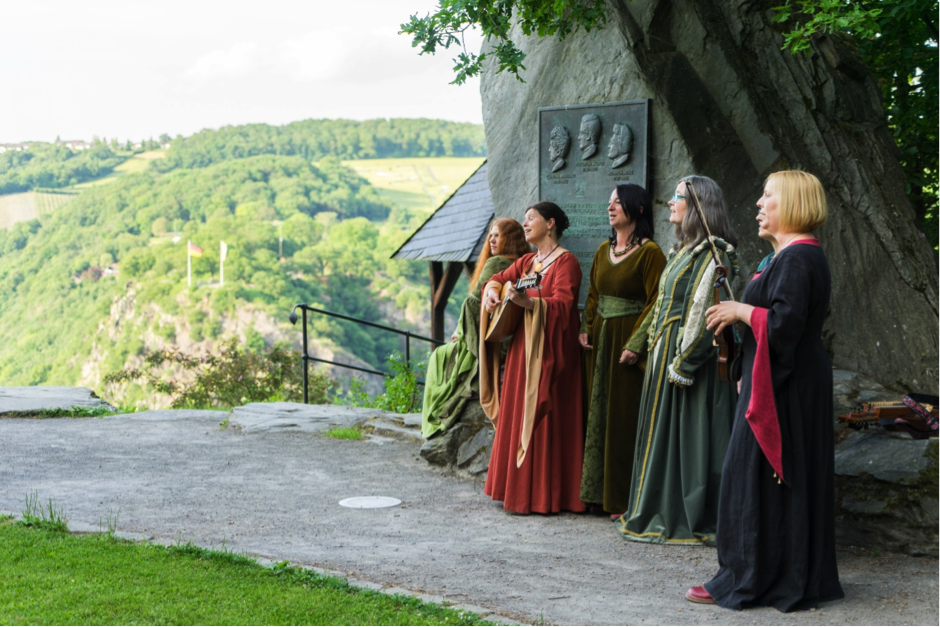
The first thing you should think about before working with digital media outlets is: what are you doing with the digital media you already own?
By using your site's own social media and website, you can actually start to produce much content yourself that focuses on the different aspects you want to promote about your site and incorporates its key messaging. The photos you choose to share and the stories you choose to tell can also help to define a 'personality' for your site.
At this point you may like to ask yourself the following questions before moving forward:
- Do you have the right social media accounts for your site?
- Do you have a website with a regularly-updated blog?
- Who is the audience you are trying to reach?
- What voice are you speaking in?
Image and Voice
It can be helpful to think of all your digital assets (like your website, blog and social media) as the public face of your site Taking the time now to present the digital image you want will have huge benefits for the future.
To get good results with potential travellers who are interacting with your content, it is important that your public facing image is consistent and represents an authentic and interesting experience for the traveller. As an exercise, you should be able to describe someone who represents the image you are trying to portray with your site's digital media strategy.
Not only will having a clearly-defined image make it more likely that the audience will engage with your content, it will also leave a more positive and lasting impression of your site. Visitors feel more emotionally connected to social media accounts and blogs that they are able to personify.
The main way you will be presenting this image is with the tone of voice you use on your website and in your social media posts. Now would be a good time to think about the style of writing that will best reflect what you want the audience to think of you.
Here is an example where three similar sites have each chosen a slightly different way of presenting their content. Although each site is a public museum based in London, each has its own voice and personality.
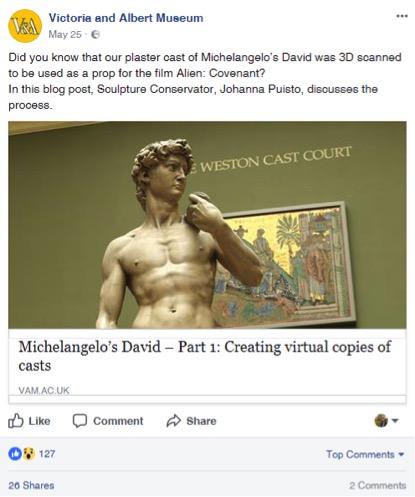
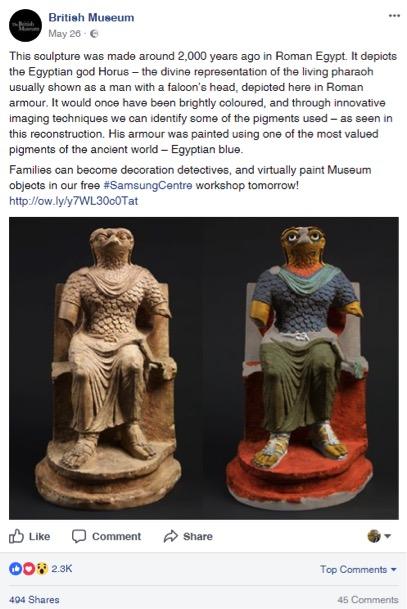
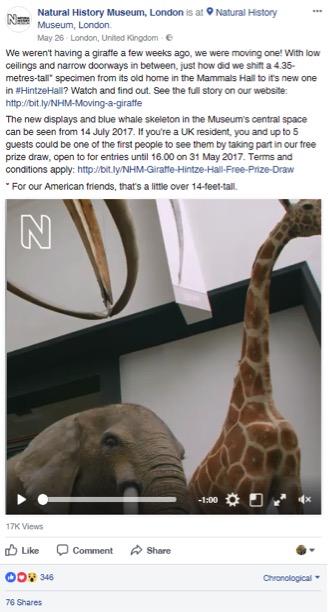
Social Media Platforms
You will also need to make a decision about which social media platforms you think your World Heritage site should be represented on. However, you do not have to use every single one. If your site only has a small team working on it or does not have anyone dedicated to digital marketing, it might be better just to focus on one or two platforms. Or perhaps it would be more efficient to work in partnership with a regional or national DMO to represent your site on social media.
Regardless of the challenges, it will be very beneficial to have control of at least one digital media property that you can use to promote your site and keep interested parties informed of news and other developments.
Exactly which social networks you want to use is up to you. Most experts would agree that Facebook is the most important – as it has the largest number of users in the world. Beyond that, Instagram can be effective if you have more imagery associated with your site. Twitter can be useful if you would like to engage in conversations. YouTube is a good option if you have video resources, and Snapchat and Pinterest can be added if you have time.
The language you use is important. English may be the best if you are trying to reach an international audience, while using your local language is best if you are marketing to a domestic audience. If you are trying to reach new travellers, you can use photos that inspire. If you are trying to reconnect with locals, perhaps information about new events would be better.
Ultimately, social media is like any form of promotion and marketing. Not only are you trying to influence visitor numbers (or change the behaviour of tourists), you are also trying to create a brand image. The perception of people internationally or in your local community can be greatly affected by the choices you make on your social media platforms.
Website and Blog
As well as a social media presence, it is important to think about the content that you are producing on your website – and whether you have a blog component as part of it.
A website is an extremely important thing to have and it is likely most sites already have some form of online presence. If nothing else, you need to make practical information available online – such as how to get to your site, opening hours, ticket admission prices, etc.
But your website can be much more than that – and it does not have to take too much effort. While social media should be regularly updated and is usually consumed quickly, think of your website as a place for engaging content that adds more depth to the brand image of your World Heritage site. It is the place visitors will come to do more research and can have a big impact on how long they spend at your site, and how they explore it.
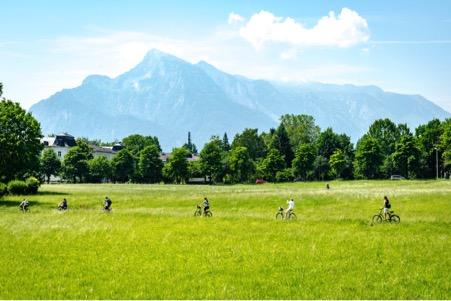
An important first step is to create a 'content plan' where you have a list of topics that you can write about and publish over the course of the next year. You only need to put a new one up every month or so. Think about what questions people might be searching for and provide those answers. Think about how you would explain your destination to visiting friends – and turn those stories into posts for your website and blog.
Here are some examples:
- For a World Heritage site that is a cultural landscape: "A detailed two day itinerary for experiencing the best food and wine"
- For a World Heritage site that is a historical complex: "How to avoid the crowds and get the most out of your visit"
- For a World Heritage site that is a building: "Our tour guides reveal their favourite rooms and the secrets within them"
- For a World Heritage site that is an archaeological location: "This is what life would have been like here 2000 years ago"
All Digital Media Guidelines
The Importance of Digital Media >
Creating Your Own Digital Media Identity >
Generating Free Media Coverage >
Paying for Media Coverage >
Monitoring Results >
How To Create Digital Media
Source: https://visitworldheritage.com/en/eu/creating-your-own-digital-media-identity/93a52ce6-1722-41a1-999e-3bc525f9dfab
Posted by: aleshirehadly1981.blogspot.com

0 Response to "How To Create Digital Media"
Post a Comment